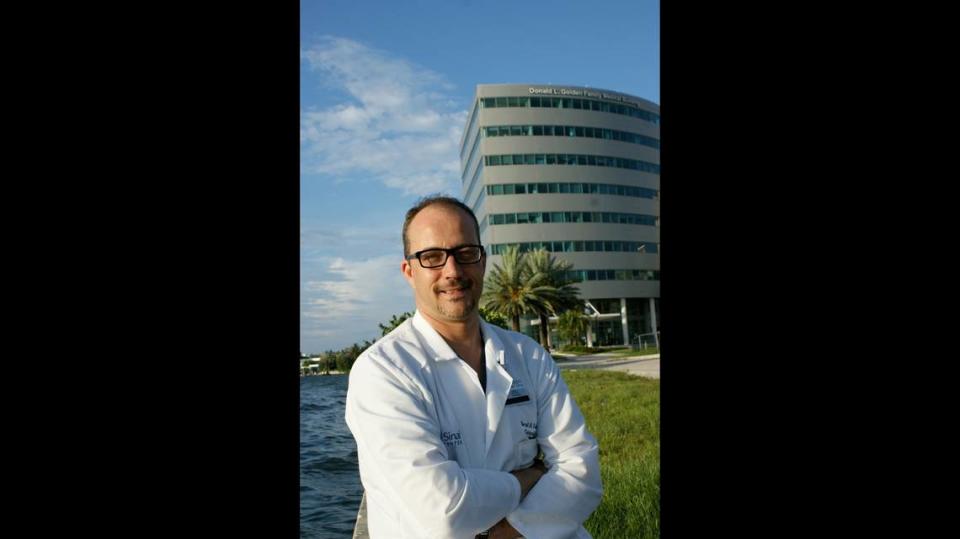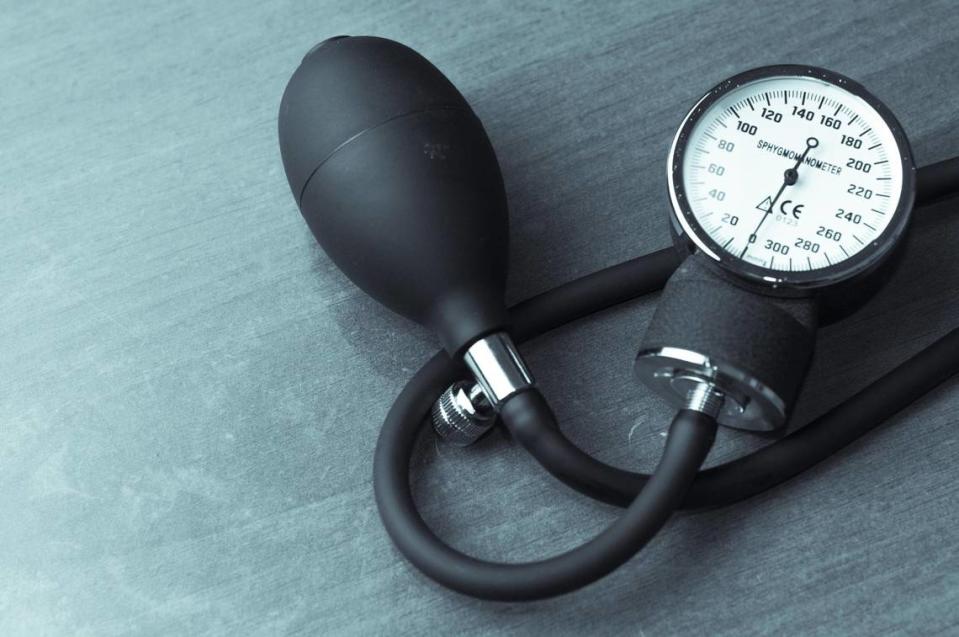His left leg gave out and then he suffered a stroke. How to spot the warning signs
Clifford Siporin had just returned from a trip to Canada. He woke up the next morning and began unpacking his suitcase.
“My left leg gave out from under me surprisingly and I fell on the floor,” said Siporin, a 71-year-old retired microbiologist in Boca Raton, of his 2016 trip. “I couldn’t get up.”
The father of two and grandfather of seven was rushed to the hospital where it was discovered he’d suffered a stroke. Sometimes called a brain attack, a stroke occurs when a blood vessel that carries oxygen to the brain is either blocked by a clot or ruptures. It can cause lasting brain damage and long-term disability.
Stroke is the fifth-leading cause of death for Americans, and African Americans have the highest rate of death, according to the Centers for Disease Control and Prevention.
Hispanics, too, have seen an increase in stroke deaths since 2013.
A stroke can occur at any age. Nearly 35 percent of people hospitalized with a stroke are under 65, according to the CDC.
Strokes can affect patients ages 18-65 who have undiagnosed or poorly treated medical conditions such as diabetes, hypertension and morbid obesity, said Dr. David A. Farcy, chair of the emergency medicine department at Mount Sinai Medical Center in Miami Beach.

8 in 10 strokes could be prevented
Eighty percent of strokes could be prevented by eating healthy, exercising and controlling health conditions that raise the risk of stroke, the CDC says. Smoking is also a big risk factor.
“Early diagnosis and treatment can reduce the amounts of strokes,” Farcy said. “Even in the time of COVID, where people may not be able to see their doctor, there are telemedicine visits where doctors can address their concerns about diabetes, hypertension and morbid obesity.”

People often incorrectly believe that having a stroke will cause pain, Farcy said. But, the most common indicator of a stroke is sudden numbness or weakness on one side of the body.
How to spot a stroke
The American Heart Association offers the F.A.S.T. anagram on how to spot a stroke: face drooping, arm or leg weakness, speech difficulty and time to call 911.
Patients may be under the misconception that time isn’t an issue if they have a transient ischemic attack (TIA), sometimes called a mini stroke, in which a patient exhibits temporary stroke symptoms. But these are warning signs and a person should see his or her doctor immediately.
“They think it is a TIA, so they have time,” Farcy said. “Now, we are beginning to call a TIA an early stroke. So, it is crucial that patients seek medical attention to see what can be done to prevent a future stroke.”
Siporin quickly sought medical attention after experiencing leg weakness. After a month-long rehab stint, he resumed activities, albeit slowly.
“I learned how to tie my shoelaces again,” Siporin said. “I learned how to do it all over again.”
Strokes and atrial fibrillation
In 2002, Siporin was diagnosed with atrial fibrillation, an irregular, often rapid heart rate that commonly causes poor blood flow. He also has diabetes. He was on medication to slow his heart rate when he suffered the stroke.
Everything was fine until 2019, when he developed blood clots in his legs.
“I took my two Shih Tzu dogs for a walk,” Siporin said. “I came home and my leg was numb. It was like pins and needles. I could only feel it for a minute or so and then they went numb.”
Again, he quickly received medical treatment to remove the clots. But Siporin sought a long-term solution, leading him to an Atriclip.
Using a robot, doctors insert the Atriclip through small incisions to the outside surface of the left atrial appendage, permanently closing it at its base, preventing blood from entering.
“In Clifford’s case, he had a lot of trouble with his atrial fibrillation,” said Dr. Philip Bongiorno, a cardiothoracic surgeon at Cleveland Clinic Weston who treated Siporin. “It causes clots, which can lead to stroke. Even with him on blood thinners, clots were still in his atrium.”
Since the surgery, Siporin goes for walks, plays with his dogs and takes his grandchildren out for a swim when they visit him.
“Before I was always worried if I feel anything or if I was having a clot,” Siporin said.
“I always had to be aware after I had a stroke,’’ said. “I would always become super sensitive to those things.
“I’ve had no blood clots and no feeling of anything since the Atriclip surgery. I couldn’t have been happier with the way things went.”

